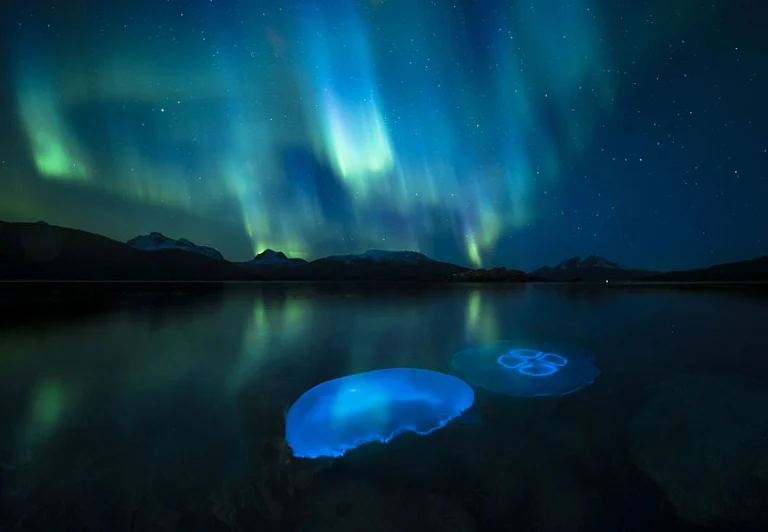Gazing skyward and witnessing a solar eclipse is a awe-inspiring experience even today. Imagine, then, the wonder and confusion it must have caused in the Middle Ages! While we have advanced telescopes and scientific explanations, people back then relied on their own interpretations – some poetic, some practical, and some downright strange.
Early Accounts of Eclipses (540 AD)
Our journey through time begins in England, where the Anglo-Saxon Chronicle, a collection of historical accounts, describes an eclipse in 540 AD with a touch of bewilderment: "This year the sun was eclipsed... and the stars showed themselves full nigh half an hour over nine." Short on details but heavy on intrigue!
Fast forward to Constantinople in 968 AD. Here, Leo the Deacon, a historian, offers a more detailed description in his book "The History of Leo the Deacon." He paints a picture of a total eclipse, with darkness blanketing the land, stars emerging, and a faint ring of light around the obscured sun. He even mentions the terrified reactions of the people, highlighting the unfamiliar nature of the event.
Scientific Curiosity Emerges (977 AD)
Meanwhile, across the Mediterranean in Cairo, Egypt, a group of scholars in 977 AD took a more scientific approach. They gathered at a mosque to observe a solar eclipse, meticulously recording the time, the degree of coverage, and the sun's altitude. This account, found in an unnamed source, showcases the early stirrings of scientific observation in the Islamic world.
Eclipses and Religion (1033 AD, 1061 AD, 1140 AD)
Religious interpretations also played a major role. In France, 11th-century chronicler Rudolph Glabber described a partial eclipse in 1033 AD with a heavy dose of religious symbolism. He saw the eclipse's blue-tinged sun as an omen of misfortune, linking it to a rebellion against the Pope. Fear and superstition seem to have been prevalent during this period.
Travel eastward to Baghdad in 1061 AD, where historian Ibn al-Jawzi documented a total eclipse. His account captures the drama – darkness descending, birds falling from the sky, and the reappearance of the sun after a seemingly long period. Interestingly, he also mentions the disagreement among astrologers about the predicted extent of the eclipse.
Back in England, civil war raged in 1140 AD. William of Malmesbury, a chronicler, described a solar eclipse that plunged the land into darkness. The initial fear of the end of the world eventually gave way to the realization of a natural phenomenon, but the eclipse was also seen as a potential harbinger of the king's downfall.
Intriguing Details and Celestial Spectacle (1147 AD, 1275 AD)
Germany in 1147 AD witnessed another eclipse, meticulously recorded by a monk in the Annales Brunwilarenses. This account focuses on the duration of the eclipse and mentions a "circle of different colours and spinning rapidly" – a fascinating, if somewhat ambiguous, detail.
China, a land with a rich history of astronomical observation, also has its share of eclipse stories. Two accounts from 1275 AD describe a total eclipse, with darkness engulfing the land, stars appearing, and even livestock returning to their roosts. Notably, one account connects the eclipse to the fall of the Song dynasty the following year.
The Enduring Impact (1310 AD, 1478 AD)
Finally, we journey to Avignon, France, in 1310 AD. An account from Ptolomaei Lucensis Historia ecclesiasticae describes an eclipse with a "single star" appearing and a "remarkably scintillating" effect. This suggests an awareness of the dynamic nature of the celestial event.
Our last stop is Spain in 1478 AD. A priest named Andrés Bernáldez describes a terrifying total eclipse, with the sun completely obscured and stars visible. He mentions the widespread fear and a lingering haziness that persisted even after the eclipse ended.
These accounts offer a glimpse into the diverse ways people in the Middle Ages perceived and interpreted solar eclipses. From religious omens to scientific observations, fear to wonder, the "Medieval Marvel" of a solar eclipse captured the imagination and sparked curiosity in ways that continue to resonate with us today.






























